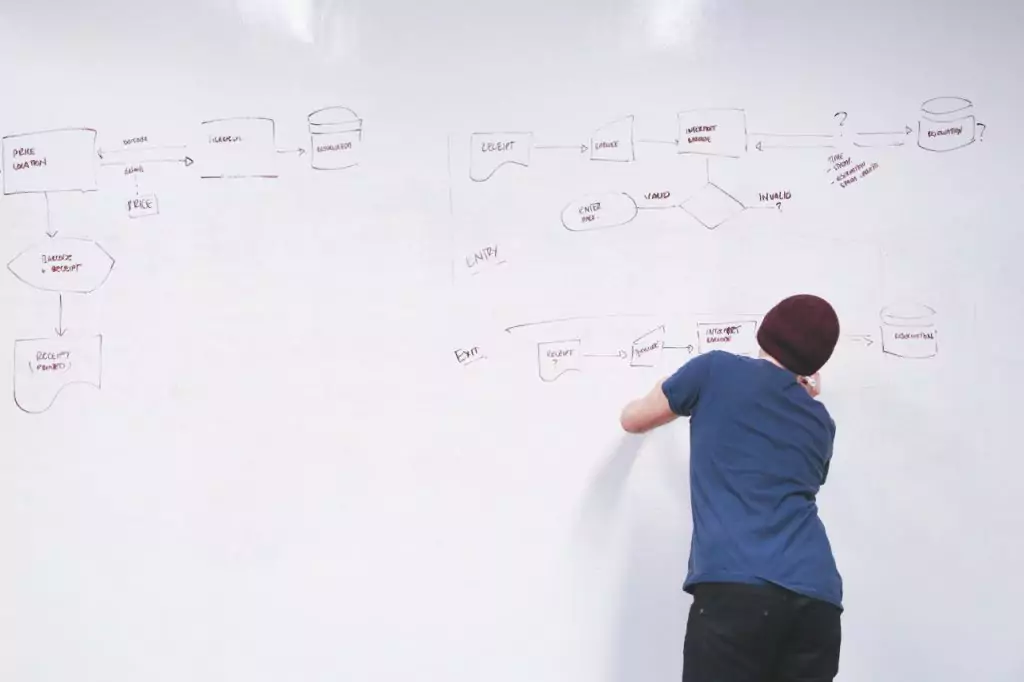Learning Management Systems for Change Management

There is nothing that drives business more than a great, even revolutionary, idea. Failing to prepare one’s employees and clients for big changes, however, can be catastrophic, no matter how great one’s idea may appear on the surface. For this reason, managing change is essential and training is a key part of change management. A flexible learning management system can help organizations prepare and train for change in an integrated manner and help them track the impact of change as it unfolds.

Gravity Payments: How Not to Manage Change
When Dan Price of Gravity Payments (a credit processing company) decided that all of his employees should make a minimum of $70,000 per year, he assumed everyone—his employees and clients—would applaud the move. Instead, his decision to give every employee at least $70,000 per year turned his company up-side-down. While some employees applauded the decision, others complained that the policy was being carried out on the backs of more senior-level employees (notably, these employees would not be receiving similar salary increases). Likewise, while some companies scrambled to sign on to Gravity Payment, now seeing Price a sort of prototype of left-learning entrepreneurship, other companies dropped their contracts or the same reason. Indeed, despite assurances from Price, many clients were convinced the wage increase would result in higher service fees. In the end, Gravity Payments lost several longstanding employees . Of course, there were no shortage of candidates for these jobs—indeed, people were contacting the company daily in hopes of snagging one of the company’s $70,000 per year positions. Moreover, while many of the company’s oldest accounts disappeared, the new accounts were not yet yielding a high return. And if all this was not bad enough, shortly after Dan Price’s announcement, his brother and company co-founder Lucas Price filed a lawsuit against Gravity Payments.
In short, Dan Price had a potentially amazing idea, and it went terribly wrong. Why? First and foremost, there is little question that his approach to change was not as well thought through or as well managed as it could have been.
Timing: The change was announced with little notice and came as a surprise to many employees and clients.
Communication: Before employees had an opportunity to fully get used to Price’s idea, the policy change had become big news. Rather than focus on answering employee questions, the company found itself communicating with outsiders both on social media sites and even on talk shows.
Lack of awareness: Just as Price admits that he was not fully aware of the struggles facing people who make only $40,000 annually (at least not until friend confided that she was struggling to meet both her rent and student loan payments on this salary), it seems likely that not all of Price’s senior-level employees were aware of the struggles facing their lower paid colleagues. As a result, they did not necessarily share of fully understand his visionary gesture.
Individual vision: Price had a personal vision—a company where everyone makes a decent wage—and he assumed his vision would be everyone’s vision. While individual vision is a key part of change leadership, managing change also requires collective buy in and collaboration.
Short- and long-term returns: Price was arguably thinking long-term when he introduced his $70,000 annual salary policy. In short, paying people a decent salary would retain employees over time and as a result, build a strong company staffed by committed employees. What he failed to anticipate was the short-term implications of his decision (e.g., the backlash he would face from senior-level employees and from clients) and the cost retraining workers and losing clients.
Why Training is a Key Part of Change Management
At its most basic, change management is about moving individuals and organizations from one situation to another situation. It’s about facilitating change in a way that supports everyone impacted every step of the way. When change management is done well, the backlash from employees and clients witnessed in Gravity Payments is avoided.
To begin, survey the field—find out how your employees and if required, how your clients feel about the proposed change. Help everyone impacted appreciate why the change is important. In Price’s case, it is possible that awareness training (e.g., in relation to working wage issues) may have mitigated the employee loss his company experienced. While you may not be able to train your clients, you can educate them. Again, Gravity Payments likely could have done a better job educating their clients and as a result, keeping them on board as the change was implemented. Second, manage communications—ensure everyone who is internal is fully aware of major changes before the changes are communicated externally. Focus on communicating with employees before turning your focus over to public relations. After all, you want your employees to be able to express a unified and committed message when you eventually start communicating your change more widely. Finally, choose a learning management system designed to help you track and respond to the impact of the change as it is being rolled out.
Managing change does not need to be difficult, but it does require the right tools. A learning management system can help organizations prepare their employees for change, however big or small, and enable organizations to gather feedback on the change in question as it’s unfolding.